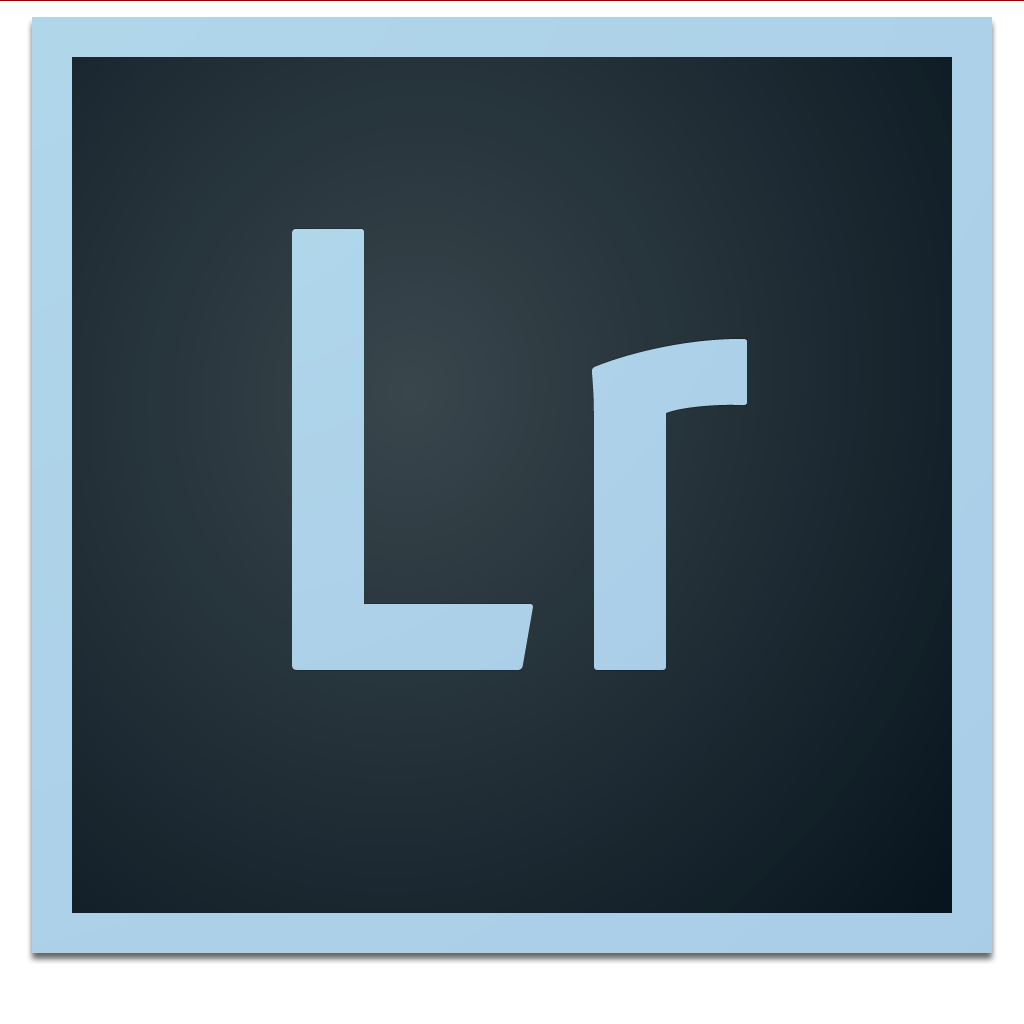

- #ADOBE LIGHTROOM CLASSIC LOGO HOW TO#
- #ADOBE LIGHTROOM CLASSIC LOGO SKIN#
- #ADOBE LIGHTROOM CLASSIC LOGO PROFESSIONAL#
Simply pick the size and strength of the effect you need and then apply it to the eyes. This tool is created exactly for these cases. Red Eye Correction – I am sure many of you have encountered a situation when an eye defect appears in the evening shots taken in low light, so the eyes become red.
#ADOBE LIGHTROOM CLASSIC LOGO SKIN#
This may be skin spots (pimples, red and black dots) as well as diverse background items. Spot Removal (Q) – the tool will be useful to those, who need to remove unnecessary elements from the shots. There are six different tabs, which, by the way, can be activated by hotkeys:Ĭrop Overlay (“R”) – this tool assists in adjusting the size of your picture, displaying it, cropping or rotating to any side.Īlso, it is worth remembering that by cropping and choosing the image size settings, you may save them and use for other shots. The Histogram is the primary module for basic image editing. Main Tool for Work with Images – Histogram Module This is great for cases where you have, let’s say, a very dark group of objects and you want to change the background, make it brighter or vice versa, darken and blurred. With the latter, you may use the Eyedropper and even a rectangle to choose the desired color. It expands or reduces the area you choose, depending on the lighting or color. The "Mask range" selection tool can use either brightness (light intensity values) or color to clarify the choice that you have made applying the graduated filter, radial filter or adjustment brush. Raw profiles only work with RAW images, while the last four are special effects that also work with JPG images. The first group includes Adobe Raw and Camera Matching profiles, while Creative options include Legacy, Artistic, B&W, Modern and Vintage. Profiles are grouped into two main categories: raw and creative.

The Lightroom’s profile is located at the top of the Editing panel in the General section. This allows you to change the white balance to correct details in overexposed and underexposed areas and more. RAW camera files give you absolute freedom when adjusting images.
#ADOBE LIGHTROOM CLASSIC LOGO HOW TO#

Tone Curve Module – Highlights, Lights, Darks, Shadows, Point Curve. Histogram Module – histogram, cropping and straightening, spot removal, red eye correction, graduated filter, adjustment brush.īasic module – the temperature of the white balance and tint, exposure, recovery, fill light, blacks, brightness, contrast. In other words, when examining the interface, you won’t be shocked by the number of tools and features spread across the entire screen, as it is in Photoshop. This led to the development and division of the entire interface into different modules, which already have separate tools. When developing the software, Adobe had one task – to make it as simple as possible even for beginners. Lightroom’s functionality corresponds to the Camera RAW module, the tools are just arranged in a different order, and their number is bigger. As a result, it became a completely separate program.
#ADOBE LIGHTROOM CLASSIC LOGO PROFESSIONAL#
Initially, this program was created as a professional photographer’s streaming tool that will complement Photoshop.


 0 kommentar(er)
0 kommentar(er)
